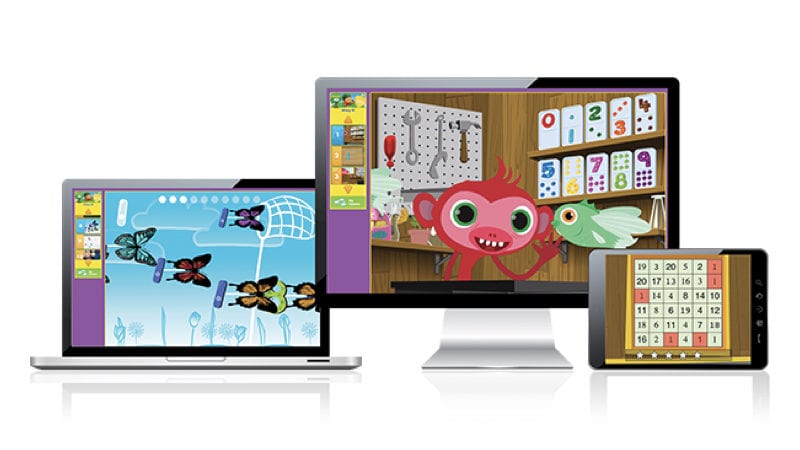The concept of the master adaptive learner describes a model where individuals are continually learning from new experiences and thereby adapting to the ever-changing environment. This model presents a framework that professionals, particularly in healthcare and education, can use to foster lifelong learning and adaptability. The four phases of the master adaptive learner include Planning, Learning, Assessing, and Adjusting.
1. Planning: The initial phase sets the stage for effective learning. It involves identifying a learning need—often sparked by a recognition of a gap in one’s knowledge or skills. During the planning phase, the learner sets goals and plans strategically on how to achieve them. This includes selecting resources and methodologies that align with both their learning style and the objectives they aim to accomplish.
2. Learning: Here, the learner engages with the chosen materials and methods to acquire new knowledge or skills. Learning can take various forms, such as reading articles, attending lectures, participating in hands-on training, or through practical experience. Active engagement and focused attention play critical roles in this phase to ensure meaningful learning takes place.
3. Assessing: This phase involves self-reflection and assessment of the newly gained knowledge or skills against the objectives set during the planning phase. Learners may use self-testing, soliciting feedback from peers or mentors, or practical application of their skills in real-world scenarios to measure their proficiency and understand how well their learning aligns with their goals.
4. Adjusting: Based on the assessment outcomes, learners enter this final loop where they reflect on what worked well and what did not. It’s about making adjustments to one’s learning process—whether it’s revising techniques and strategies for acquiring knowledge or altering practice methods to improve skills. It is akin to a self-correcting mechanism that aims at refining one’s approach to learning continuously.
These four phases form an iterative cycle that encourages continuous improvement and lifelong learning. As one goes through these stages repeatedly over time with various challenges and learning opportunities, they develop into a “master adaptive learner”—an individual capable of effectively navigating new situations with agility and confidence in their ability to learn and adapt.





